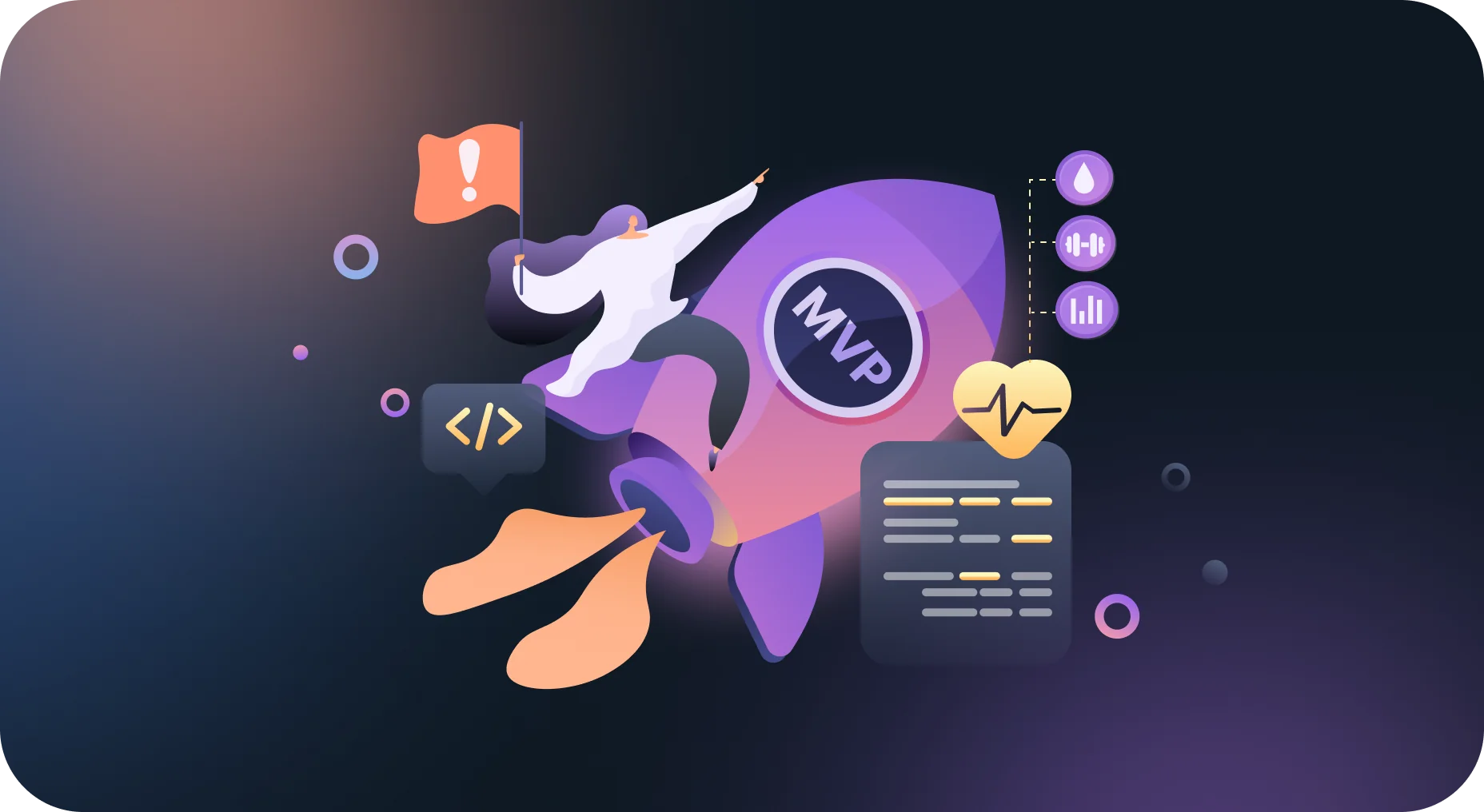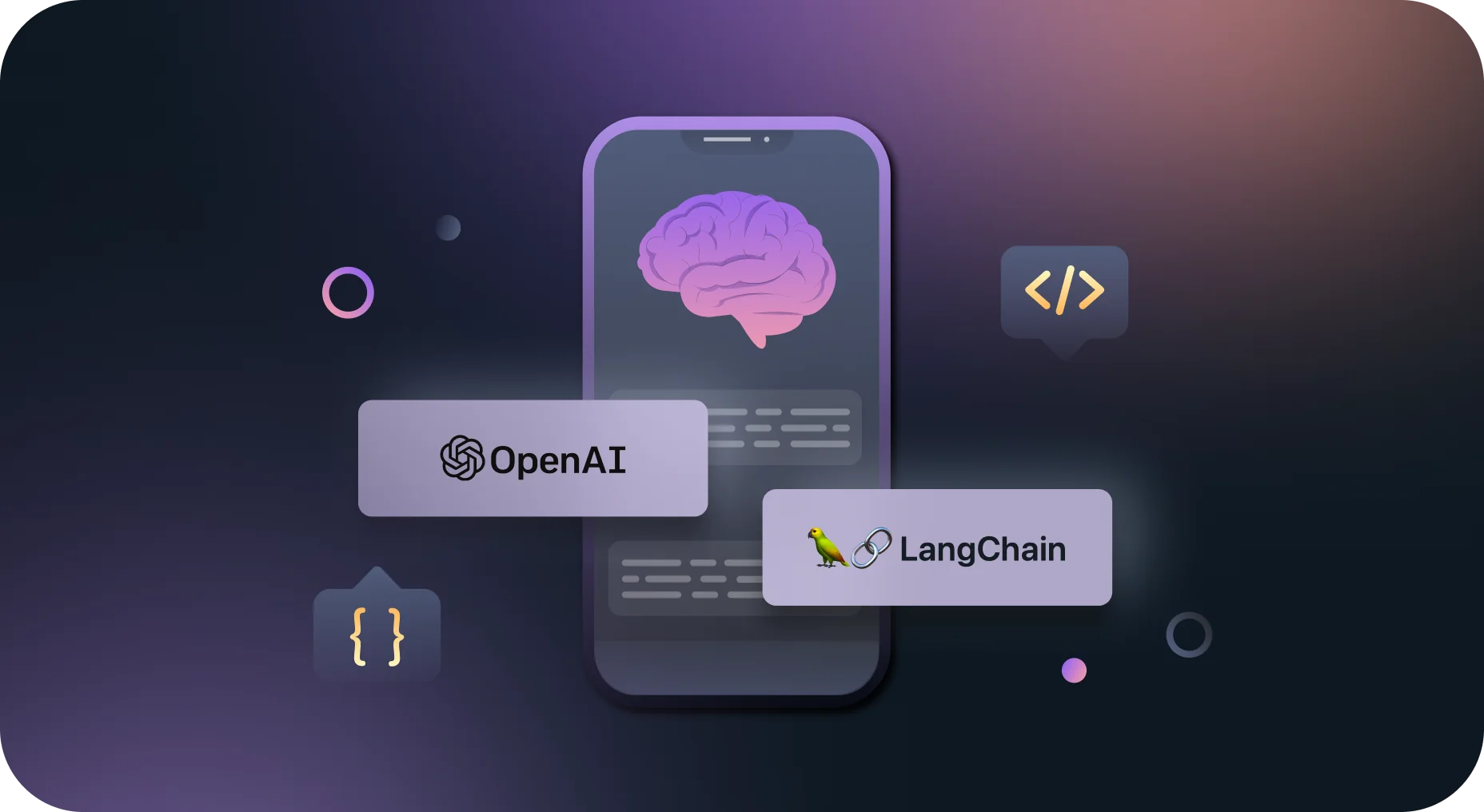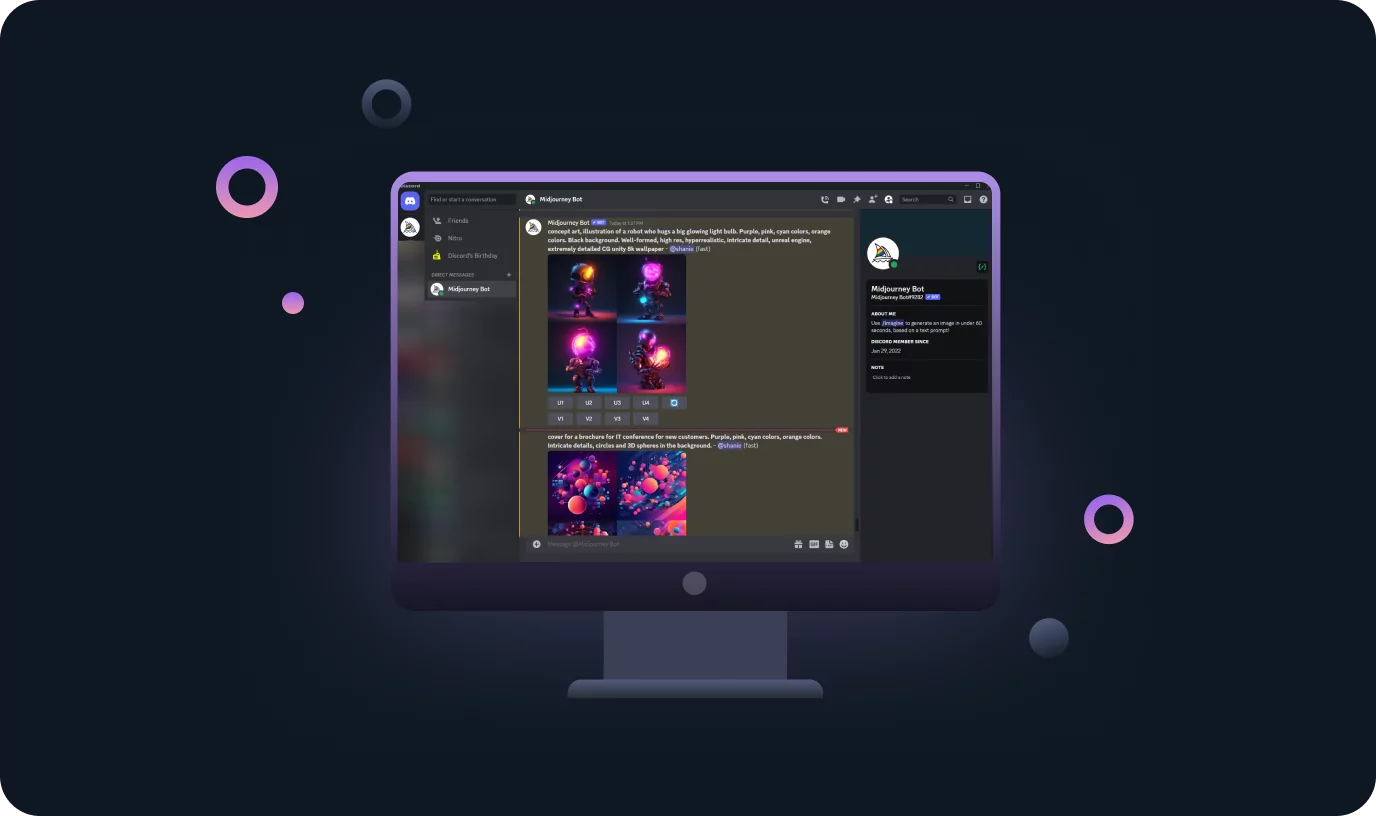Over the past twelve months, due to the struggle of the global IT market, Devtorium has faced many tough challenges and had to make hard decisions. However, we neither gave up nor scaled back our ambitions. On the contrary, our company has demonstrated a better dynamic compared to the previous year. None of our achievements would have been possible without our invaluable employees, whose dedication and hard work made everything real. At Devtorium, we believe that encouraging our teammates’ initiatives, ideas, and determination drives our company to success.
Despite this year’s economic volatility, we were confident that our reliable employees would show unwavering commitment to our shared goals, and we were right. So, in this blog, we want to share the results from our 2024 company performance report.
What We Achieved as a Software Development Company in 2024
- In 2024, Devtorium’s teams engaged in 6 new projects. The tech stack and industries of the projects varied significantly. The key project topics of this year were AI and web development.
- Information security was one of our company’s primary growth areas the previous year. We are proud that our Information Security Team made a giant leap – we became an official PECB Partner. Additionally, Devtorium’s Deputy General Manager – Natali Kashuba, who has 20+ years of experience in security, is a Certified PECB Trainer and ISO 27001 auditor. Under her leadership, our company has received and successfully maintained the ISO/IEC2007:2013 certificate in the ISMS field.
- Last year, Devtorium joined the IT Ukraine Association (ITU). We are thrilled to collaborate with such exceptional professionals, look forward to strengthening this partnership, and contributing to the recognition of Ukrainian developers worldwide.
- Devtorium’s Head of Business Operations, Nataliia Shapran, attended a techUK conference in London. It was a fantastic event with excellent networking opportunities. We were delighted to make many new contacts and meet extraordinary people, such as Ukraine Britain Business Council members and representatives from various UK businesses. Our company is deeply grateful to everyone who drives the global tech industry forward and provides Ukrainian companies with the opportunity to demonstrate their growing potential.
- In 2024, Devtorium was proud to share that Clutch had recognized our company in two categories: Clutch Global & Clutch Champion. The first award highlights our recognition as a global custom software development leader, while the second reflects our commitment to delivering innovative solutions for clients worldwide. Additionally, Devtorium was named one of the top AI companies by The Manifest based on reviews. We want to express our gratitude to our clients worldwide. Thank you for your honest reviews and appreciation of our work! To see more of Devtorium’s achievements and read verified reviews from our clients, visit our Clutch profile.
- At Devtorium, we actively support our employees’ initiatives, particularly those focused on education. Last year wasn’t an exception. We want to mention the top three workshop series dedicated to enhancing our teammate’s knowledge and enabling them to provide tech services of any complexity. Our Senior Full Stack Engineers, Serhii Kovalskyi and Serhii Datsii, made an impactful series of backend workshops designed for Front-Enders eager to expand their knowledge and skills in Backend development. Also, Olena Medvedeva, head of the Data Science department, conducted lessons with practical tasks focused on statistics and probability theory. Finally, Oleksii Makarov, head of the R&D department, concluded a series of classes on computer vision and intricate workings of neural networks. His workshops explored advanced topics such as self-attention mechanisms, multi-head attention, and transformer models.
Devtorium: Plans for the Future
At Devtorium, we remain committed to growth, innovation, and delivering excellence in every project we undertake. Our achievements in 2024 reflect our teams’ dedication and our clients’ trust. Moving forward, we aim to deepen our expertise in trending technologies like AI and Information Security.
Supporting the professional development of our employees will continue to be a key priority, ensuring we maintain a competitive edge in the global tech market. Additionally, we plan to strengthen our partnerships and explore new opportunities across a diverse range of industries. Above all, we remain passionate about innovative technologies and providing seamless customer experience worldwide.





























